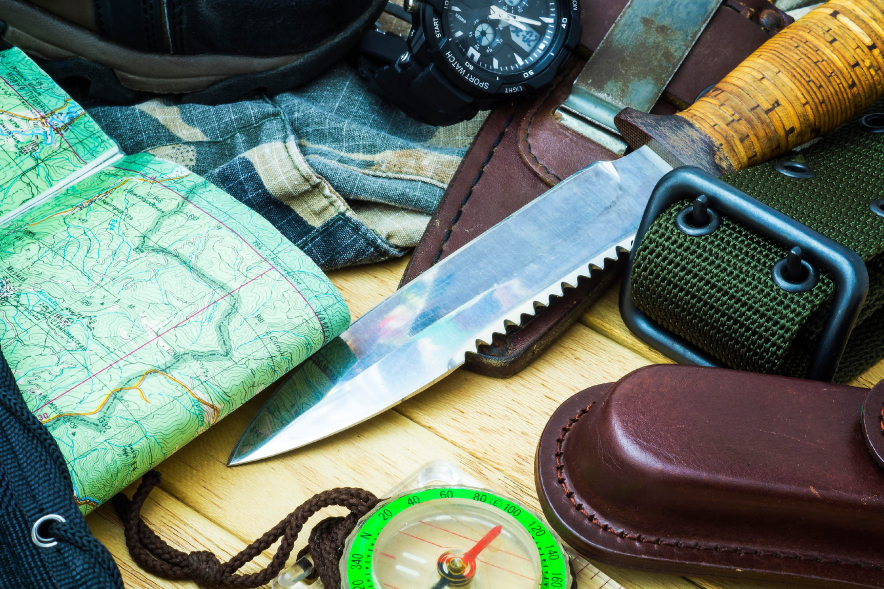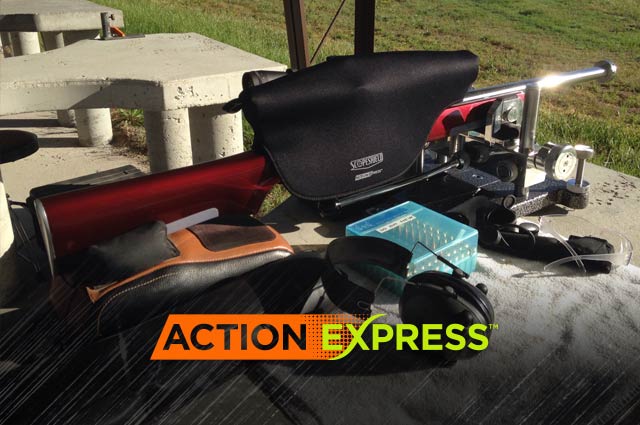Hunting Rocky Mountain bighorns is an exhilarating adventure that demands meticulous preparation. From physical conditioning to acquiring the necessary gear, hunters must be fully equipped to tackle the challenging Oregon terrain. This blog will guide you through the essential aspects of preparing for this extraordinary hunting experience, including physical fitness, gear selection, scouting techniques, and navigation skills.
Physical Fitness:
Hunting Rocky Mountain bighorns requires a high level of physical fitness. The rugged terrain, steep slopes, and high altitudes can quickly exhaust an unprepared hunter. Engaging in a regular exercise routine, including cardiovascular workouts and strength training, will help build endurance and improve overall fitness. Incorporate activities like hiking, jogging, and weightlifting into your routine to simulate the physical demands of the hunt. Remember to consult with a healthcare professional before starting any new fitness regimen.
Gear Selection:
Selecting the right gear is crucial for a successful bighorn hunt. Start with a well-fitting and durable backpack that can comfortably carry your equipment and supplies. Invest in quality hunting boots with excellent ankle support and waterproofing capabilities to navigate rocky terrains and potentially wet conditions. Dressing in layers is essential for adapting to changing weather conditions. Opt for moisture-wicking base layers, insulating mid-layers, and a waterproof and breathable outer layer. Don’t forget to pack essential items such as a reliable rifle or bow, ammunition, a good quality sleeping bag, a sturdy tent, a first-aid kit, and ample food and water supplies.
Scouting Techniques:
Before the hunt, familiarize yourself with the hunting area through thorough scouting. Research the habitat and behavior patterns of Rocky Mountain bighorns in the region. Use topographic maps, satellite imagery, and online resources to identify potential hunting spots, water sources, and travel corridors. Pay attention to signs of bighorn activity such as tracks, droppings, and bedding areas. If possible, visit the area before the hunt to gain firsthand knowledge of the terrain and locate prime hunting locations.
Navigation Skills:
Navigating through the rugged Oregon terrain is essential for a successful hunt. Familiarize yourself with the use of a GPS device, compass, and topographic maps. Learn how to interpret contour lines, identify landmarks, and navigate using bearings. Practice using these tools in different environments to build your confidence. Additionally, consider investing in a satellite communication device or emergency beacon for added safety in case of an unexpected situation.
Shooting and Marksmanship:
Honing your shooting and marksmanship skills is crucial for a successful hunt. Regularly practice shooting your rifle or bow to ensure accuracy and familiarity with your equipment. Set up realistic shooting scenarios that simulate hunting conditions, such as shooting from different angles and distances. Become proficient in making ethical shots and understanding the anatomy of the bighorn to ensure a clean kill.
Conclusion
Preparing for a Rocky Mountain bighorn hunt requires meticulous attention to physical fitness, gear selection, scouting techniques, and navigation skills. By prioritizing these aspects, hunters can enhance their chances of success and make the most of this thrilling adventure. Remember to always prioritize safety and ethical hunting practices. So, gear up, train hard, and get ready to embark on an unforgettable journey through the rugged Oregon terrain in pursuit of the magnificent Rocky Mountain bighorns. Happy hunting!
We Encourage and Welcome Comments
If you enjoyed this post, I’d be very grateful if you’d help it spread by emailing it to a friend or sharing it on Twitter or Facebook. Thank you!





